DE-BIAS - Detecting and cur(at)ing harmful language in cultural heritage collections
DE-BIAS promotes a more inclusive and respectful approach to describing cultural heritage.
DE-BIAS promotes a more inclusive and respectful approach to describing cultural heritage.
Cultural heritage institutions in Europe and beyond have been undertaking work to describe and catalogue the historical objects in their collections for decades. However, once created, catalogue data are rarely updated to reflect changes in language and society. As a result, many object and collection descriptions that once fit into popular social narratives now convey outdated views that not only ignore and therefore alienate a wide range of people, but in some cases use language that is offensive, inappropriate or even harmful.
Over the course of two years, the DE-BIAS project, co-funded under the Digital Europe Programme (DIGITAL) of the European Union, aimed to promote a more inclusive and respectful approach to the description of digital collections and the telling of stories and histories of minoritised communities. DE-BIAS took a bottom-up approach. working with marginalised communities to improve the representation and participation of people who feel that museums and archives don’t speak of them or, worse, are not for them.
Focussing on the themes of migration and colonial history, gender and sexual identity, and ethnicity and ethno-religious identity, DE-BIAS has created a variety of resources, including a set of recommendations to represent diversity in cultural heritage metadata; a replicable methodology for cultural heritage institutions to engage with communities; several capacity building materials to follow yourself or to apply to your own context; the DE-BIAS vocabulary (covering terms in five languages) combining offensive language with contextual information and suggestions for appropriate terms; and the AI-powered DE-BIAS tool for use as a stand-alone application or for integration into existing workflows.
Explore these resources and tools below and read more about the DE-BIAS project’s approach.
Discover and use resources developed by the DE-BIAS project which support cultural heritage professionals to engage and work with communities to enrich and contextualise cultural heritage collections.
Discover resources and capacity building materials developed by the project to support cultural heritage professionals and users to understand, analyse and address bias in their collections.
This tool detects outdated and potentially harmful language in descriptions of cultural heritage collections.
This vocabulary, covering 700 words across five languages, supports professionals to review descriptions of cultural heritage collections with regards to potential bias.
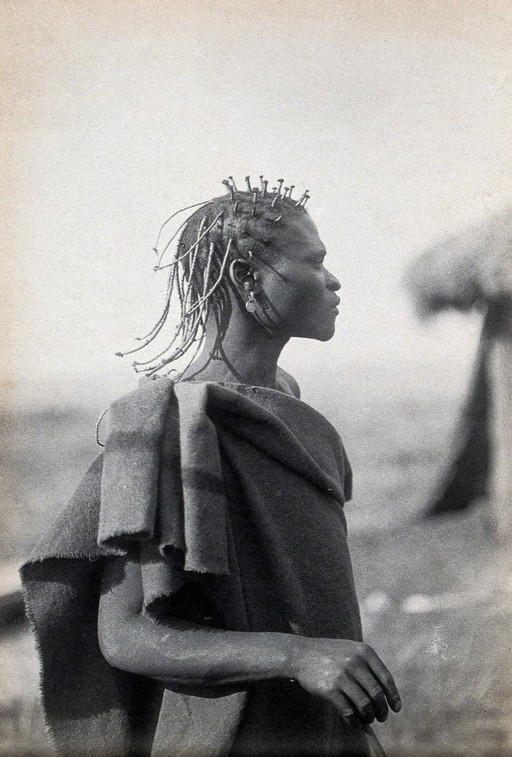
Co-curating postcolonialism
Photographs of colonial Congo resurfaced and recontextualised by Congolese citizen co-curators.
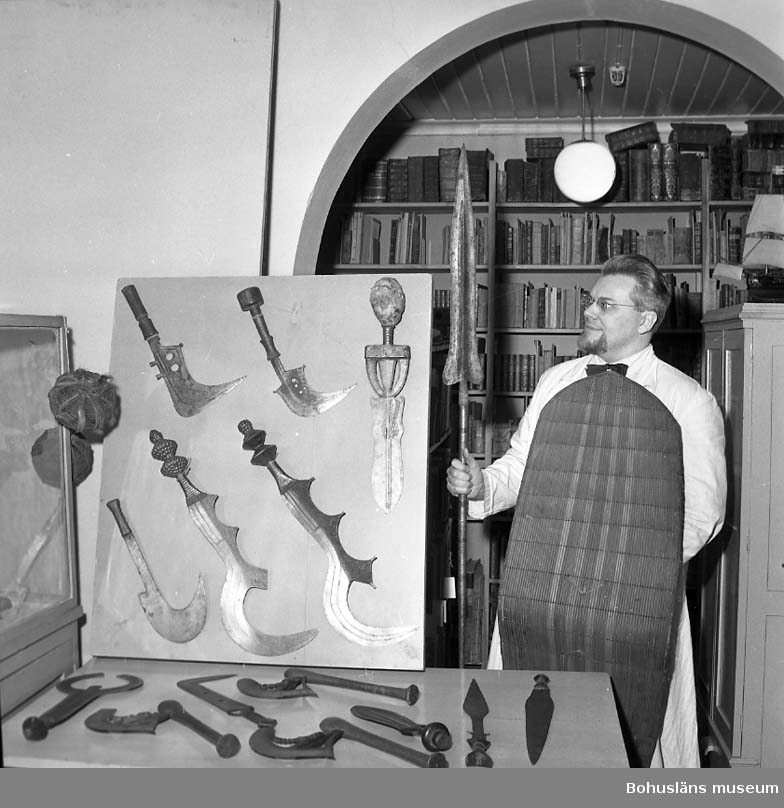
Colonial descriptions
Analysing how metadata can be harmful.
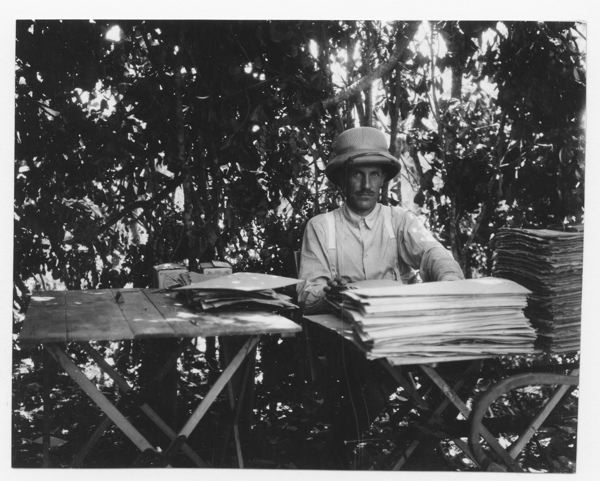
Colonial depictions
Reinterpreting how the coloniser frames the colonised.
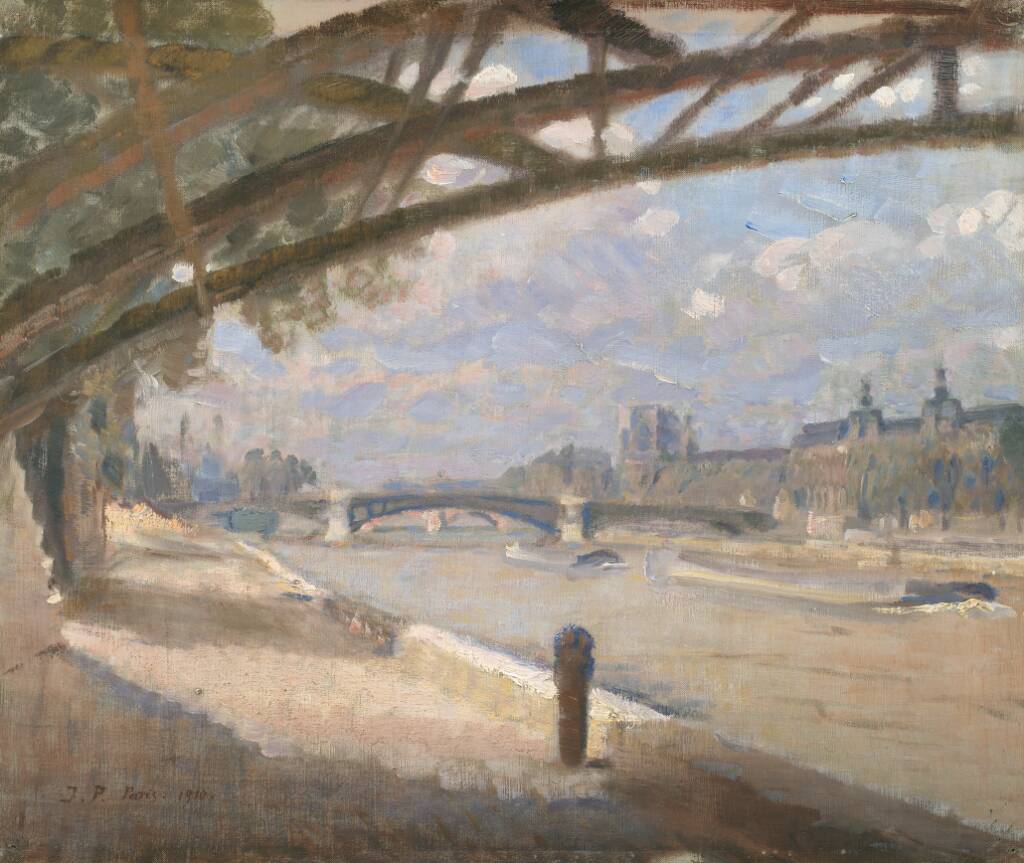
Claude Cahun
Exploring the work of the French photographer, sculptor, writer and activist now known for iconic works that explore gender identity and sexuality.

A queer tour
21 objects selected from Europeana to uncover stories and shape more inclusive narratives.
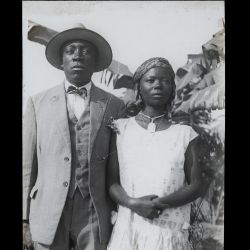

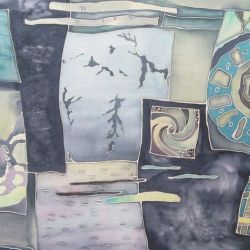
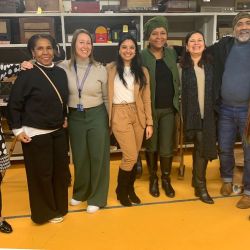

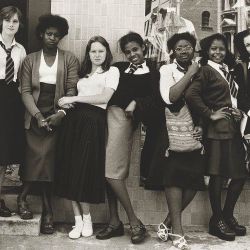
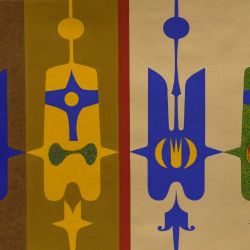

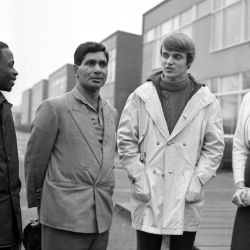
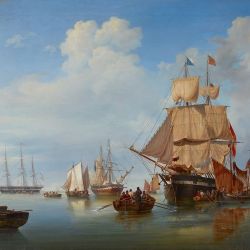
The project consortium was composed of:
Project Coordinator and main contact: Kerstin Herlt, email: [email protected]